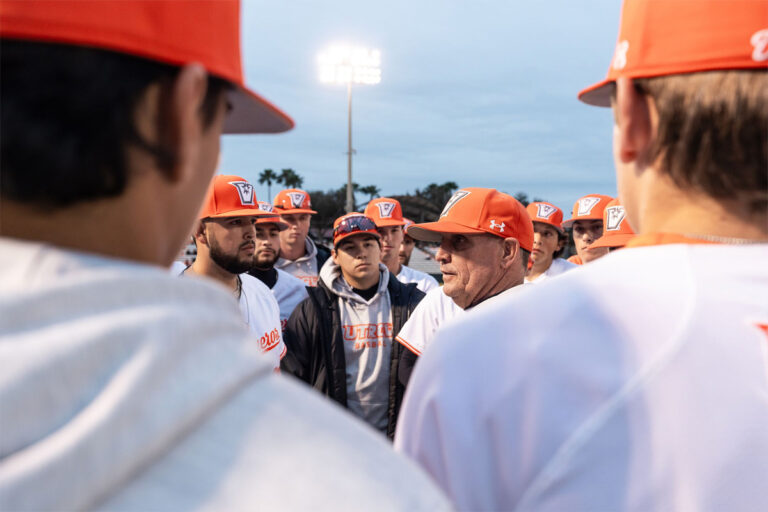It is no secret that UTRGV is a Hispanic-serving university, with 900 DACA recipients among the students enrolled.
After President Donald Trump’s decision to rescind the Deferred Action for Childhood Arrivals program, DACA students have continued their lives with uncertainty about their status at the university.
Last November, more than 200 students marched on the Edinburg campus, demanding a DREAM Center at the university.
“We did talk to our university officials, the students want a DREAM Center, but you have to keep in mind that we want UTRGV to be a safe zone,” said Alondra Galvan, president of the Student Government Association. “We don’t want anyone to feel intimidated, anyone to feel exposed, or to feel discriminated on our campus.”
The Deferred Action for Childhood Arrivals (DACA) program provides about 800,000 young people who were brought illegally to the United States as children with temporary protection from deportation if they can demonstrate that they meet several criteria, according to whitehouse.gov.
Development, Relief and Education for Alien Minors, or DREAM, was a similar proposal, but was never approved by Congress.
Galvan said there is no University of Texas System school that has a DREAM Center and there is a policy that only the chancellor can give written statements about DACA.
“So after doing research and finding out what other schools are doing, no one has a DREAM Center,” she said. “You have to look at the differences of the geographical areas in which we are at. UTRGV is right next to the border. We do have [U.S.] Border Patrol agents coming into campus, not to come and question students, but, you know, there’s sometimes incidents where someone crosses and they might come.”
Galvan said the university would not want the students to feel exposed and targeted if they were to open a DREAM Center on campus.
“Let’s say, for example, one day an officer may come and say, ‘Hey, I’m going to look for someone.’ I mean, you don’t know, where do you think they’re going to go first?” she said. “UTRGV doesn’t want the students exposed. We don’t want anyone to feel targeted.”
After meeting with undocumented and DACA recipient students, Galvan said many of them told her they would not use the DREAM Center, because it would expose their migration status.
“So, what UTRGV is doing, they are working on having a center where students can get help,” she said. “However, it is not going to be called a DREAM Center, because the name can make students feel targeted. That center is going to be an office where all the minority groups can be served. So, here, let’s say for example, ‘I wanna know more about DACA. I wanna know more about how can UTRGV help me,’ and things like that.”
Rebecca Gadson, associate vice president for Student Life and dean of students, said a multicultural center is a long-term goal the university has, but the short-term goal is to educate students, staff and faculty to change the campus environment and make the students feel safe.





